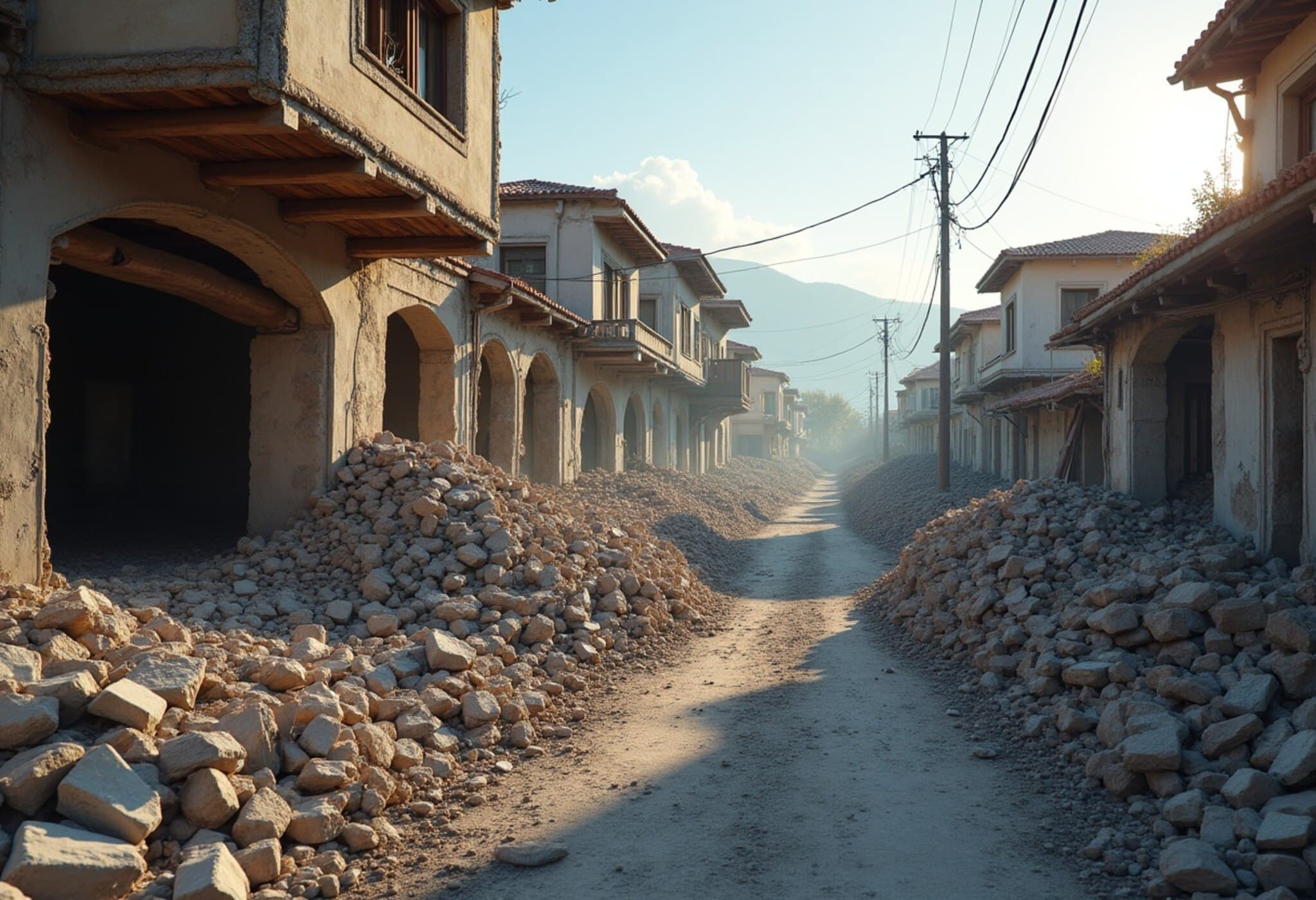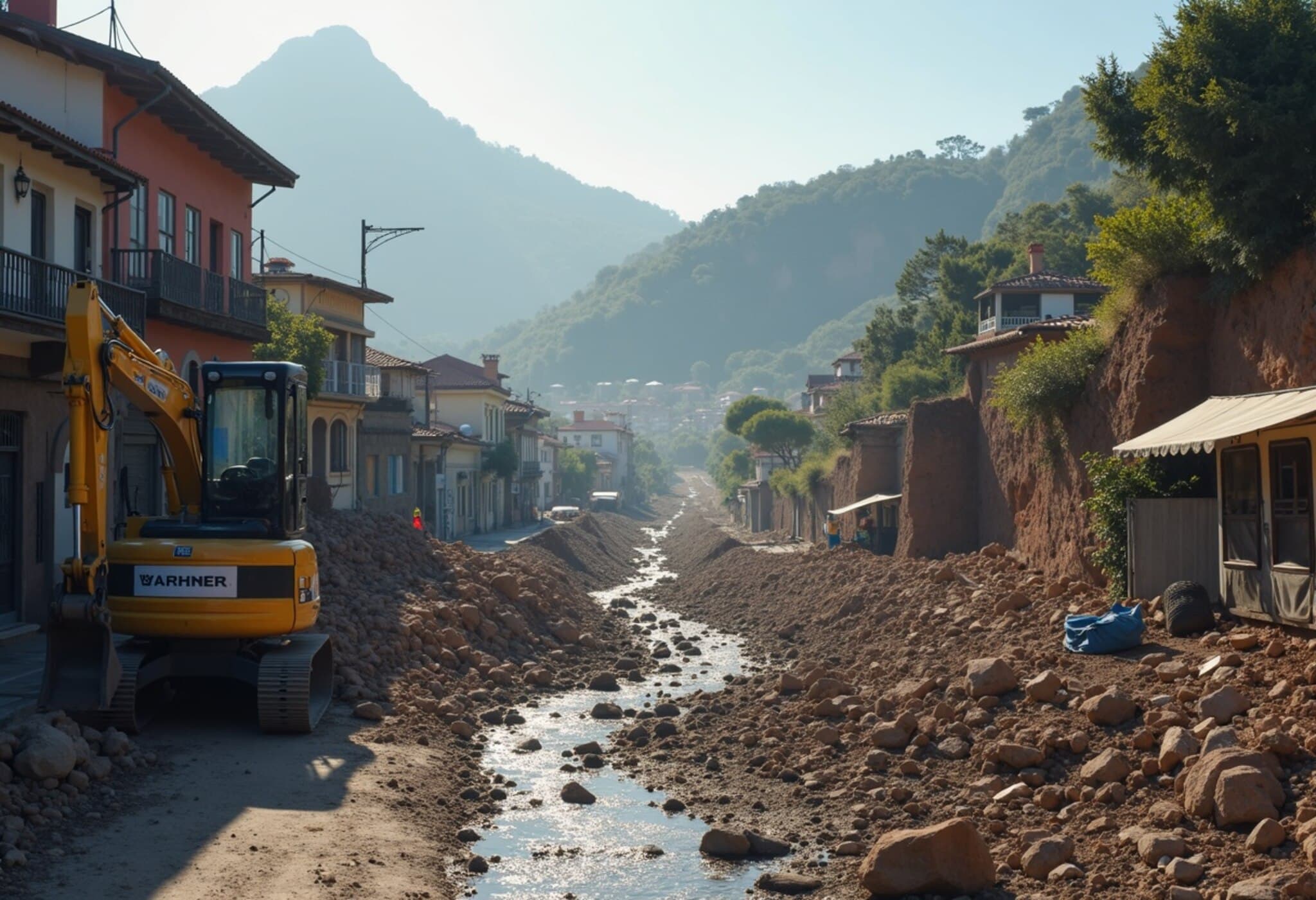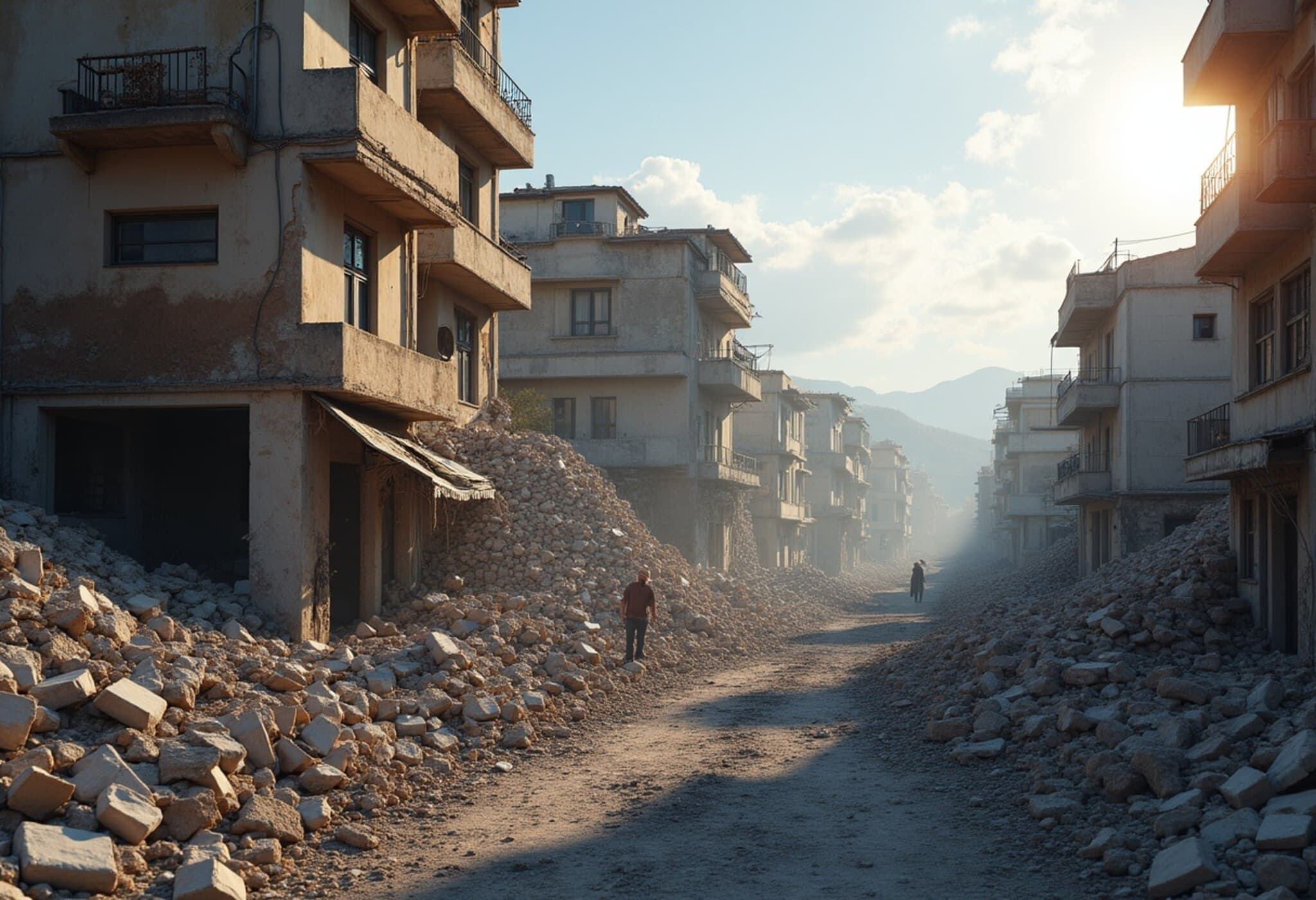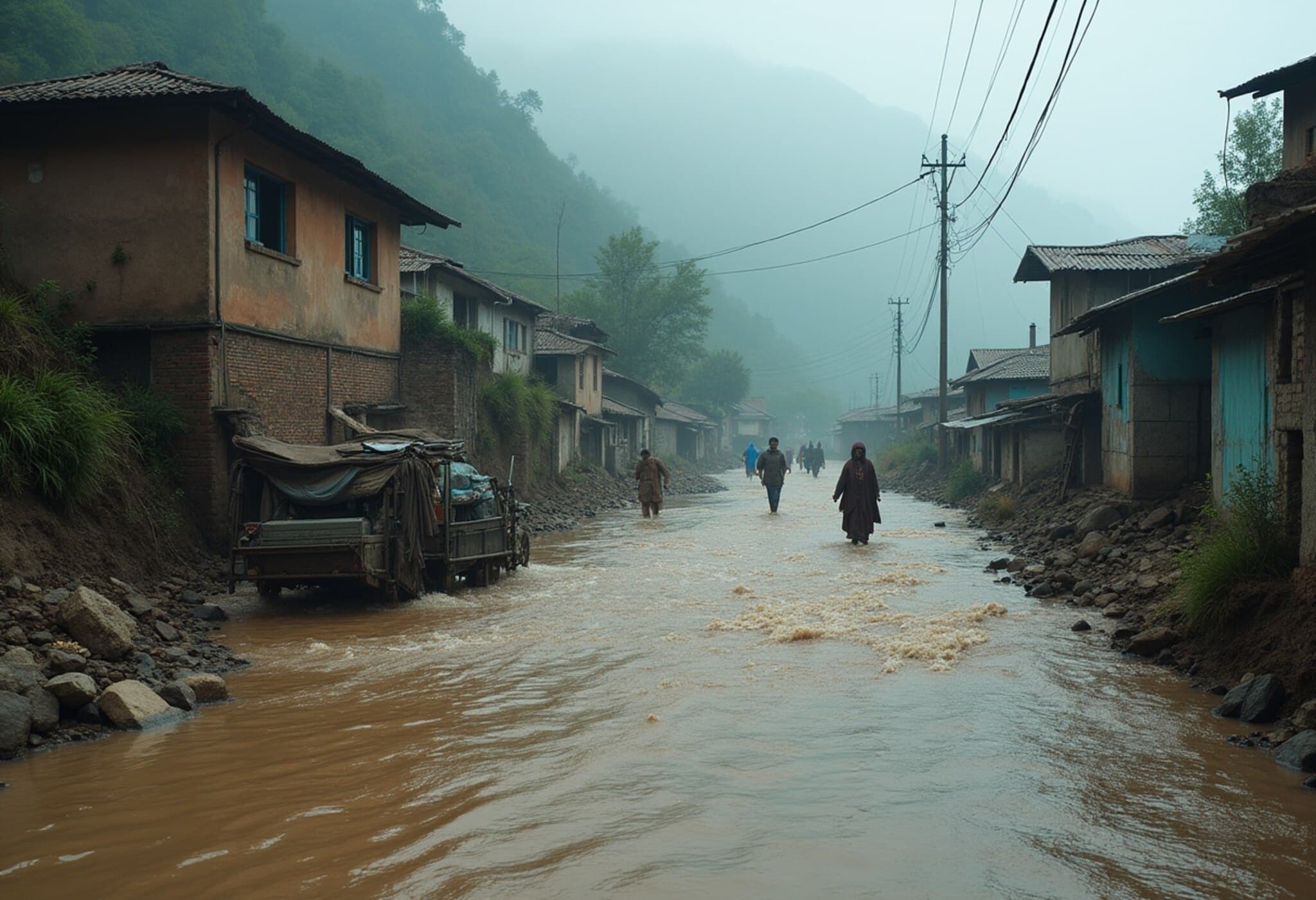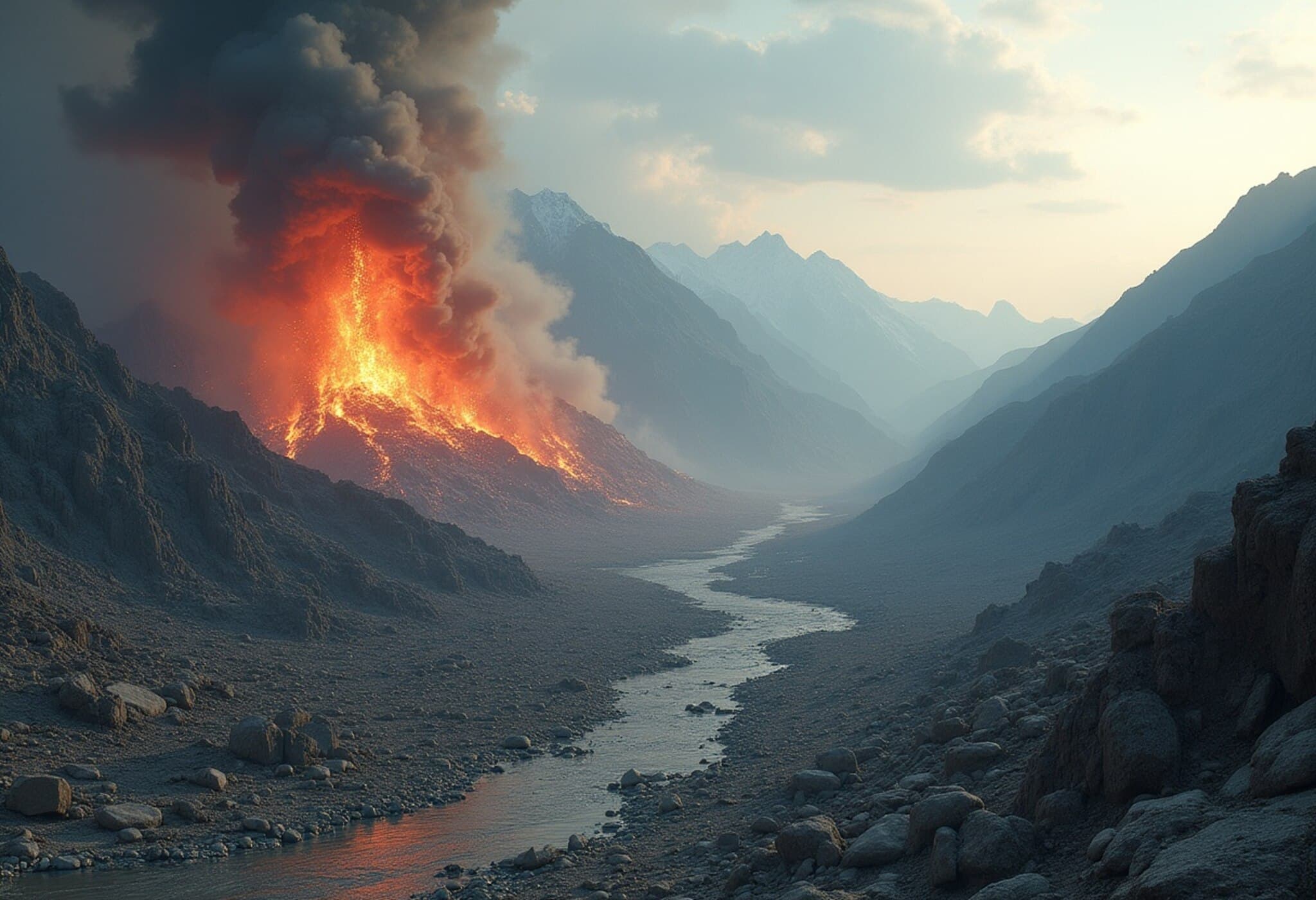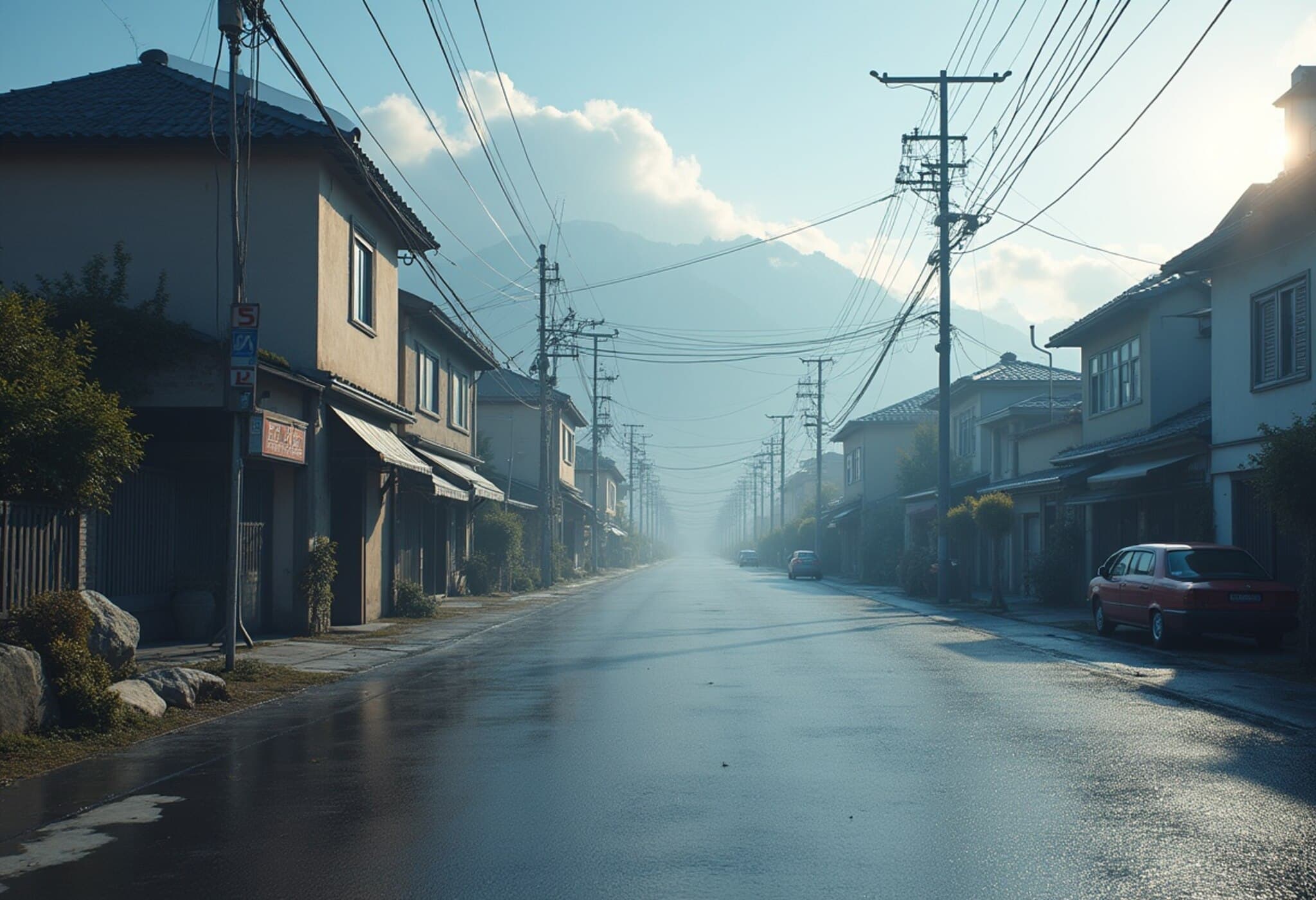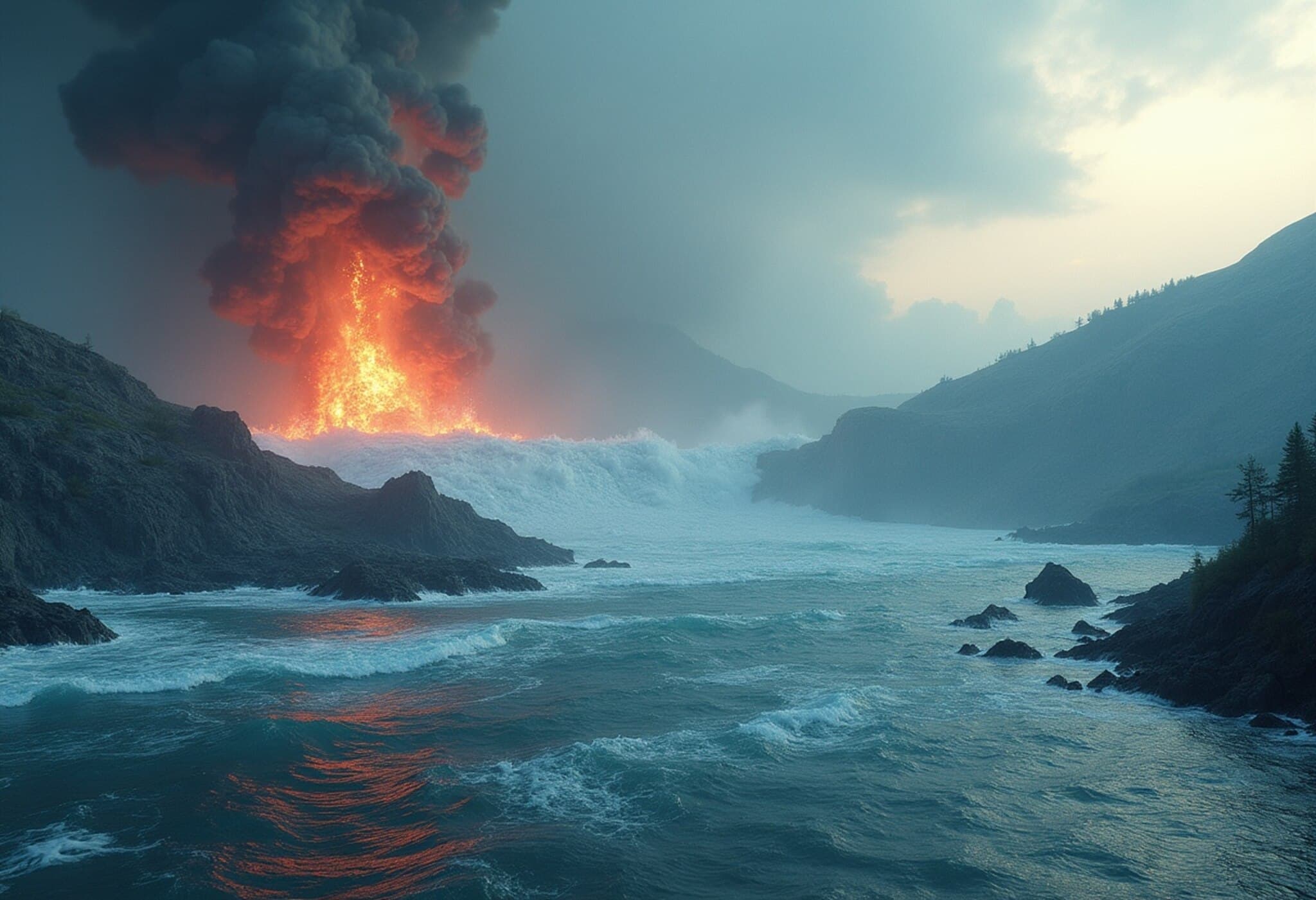Mass Evacuations Sweep Pacific After Major Earthquake Off Russia's Kamchatka Peninsula
On Wednesday, a seismic event of staggering magnitude reverberated through the Pacific Rim, as an 8.8-magnitude earthquake struck off Russia's Far Eastern Kamchatka Peninsula. This powerful quake triggered tsunami warnings and evacuations extending from Russia to Japan and across the Pacific to Hawaii, highlighting the transnational threat of Pacific seismic hazards.
Tsunami Waves Reach Over 3 Meters in Russia’s Severo-Kurilsk
In the immediate aftermath, local authorities in Russia's Pacific coastal town of Severo-Kurilsk reported tsunami waves exceeding 3 meters, with some surging as high as 5 meters. These towering waves partially flooded the area, disrupting local infrastructure including fishing enterprises. Aerial images show significant inundation, underscoring the vulnerability of communities along the seismic-prone Kuril Islands.
Hawaii’s Proactive Response Amid Pacific Uncertainty
Thousands of miles away, Hawaii’s Emergency Management Agency swiftly moved to mitigate risk by ordering all commercial harbors closed and issuing evacuation notices. Residents along the coast were advised to move to the fourth floor or higher in high-rise buildings. Hawaii’s Governor Josh Green underscored the seriousness of the situation by canceling all flights in and out of Maui, a substantial disruption reflecting the gravity of potential tsunami impact.
Japan Issues Evacuation Alerts and Halts Operations
Japan, still in recovery mode from prior seismic events, responded decisively with evacuation alerts issued along its Pacific coast. Coastal towns sounded sirens to warn residents, and automaker Nissan Motor temporarily suspended activities at several domestic plants, signaling industrial caution. In major urban centers such as Tokyo Bay, crowded beaches rapidly cleared and train stations like Katase Enoshima experienced significant disruption as people sought safety.
Human Stories Amid the Crisis
- Waikiki, Hawaii: Impromptu traffic jams emerged as thousands fled low-lying coastal areas, illustrating the human urgency behind the orders.
- Chiba, Japan: Residents queued anxiously to pay parking fees as they evacuated beachside zones, blending everyday concerns with extraordinary circumstances.
- Sakhalin Oblast, Russia: Visual footage captured residents evacuating under emergency directives while local officials scrambled to coordinate resources.
Expert Insights: What This Means for Pacific Preparedness
Seismologists emphasize that the Kamchatka Peninsula sits along one of the most volatile fault lines, making large earthquakes inevitable over time. Masashi Kiyomoto, a tsunami countermeasures expert with the Japan Meteorological Agency, highlighted the importance of early warning systems and public preparedness drills. “This event is a stark reminder that no Pacific community is isolated from seismic risk,” he noted during a press briefing.
From a policy perspective, the wide-reaching evacuation orders underscore the necessity for enhanced cross-border coordination in disaster response. The timely closures of harbors and transport hubs demonstrate lessons learned from past disasters but also reveal challenges in managing mass panic and logistical bottlenecks.
Looking Ahead: The Ongoing Challenge of Pacific Earthquake and Tsunami Readiness
As climate change continues to influence weather patterns and ocean behavior, coupling those changes with seismic risk adds layers of complexity to emergency management strategies across the Pacific. Governments face urgent calls to invest in resilient infrastructure, robust early warning systems, and community education programs.
For citizens, this event is a powerful reminder of the unpredictable nature of living along the Pacific 'Ring of Fire'—calling for vigilance and preparedness in the face of natural disasters.
Photo Highlights
- Vehicles caught in traffic fleeing Waikiki’s Ala Wai Harbor, illustrating immediate community response.
- Long lines of evacuees settling parking fees before leaving Japan’s coastal regions.
- Emergency evacuation and flooded streets in Sakhalin Oblast, evidencing the quake’s local impact.
- Japanese police facilitating beach evacuations to ensure public safety amid tsunami warnings.
Editor’s Note
The 2025 Kamchatka earthquake and resulting tsunami alerts serve as a timely wake-up call for the entire Pacific Rim. Beyond the immediate disruptions and human distress lie deeper questions: Are current early warning systems sufficient? How can transnational cooperation be strengthened to respond faster? And importantly, how do we ensure vulnerable populations—such as elderly, disabled, and low-income communities—receive adequate protection? As technology advances and climate challenges mount, the stories of evacuation and resilience remind us all of the urgent need for comprehensive disaster readiness that spans oceans, borders, and cultures.


